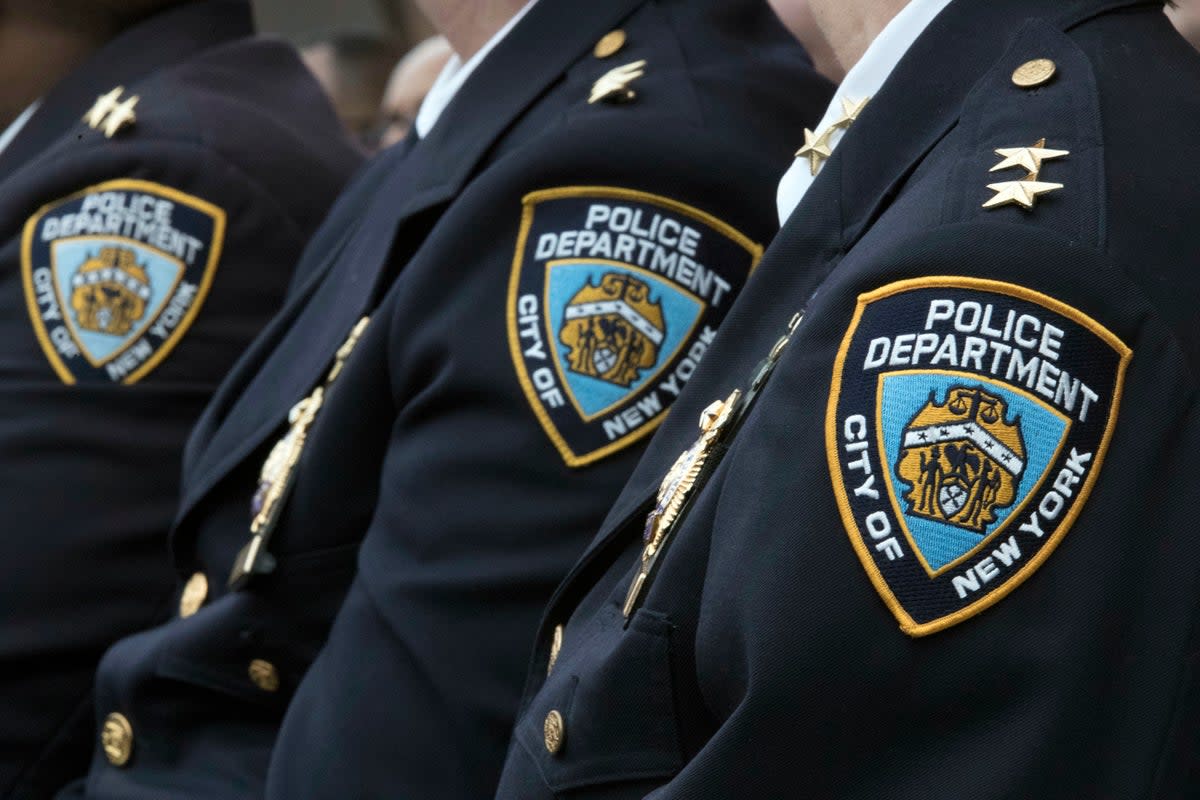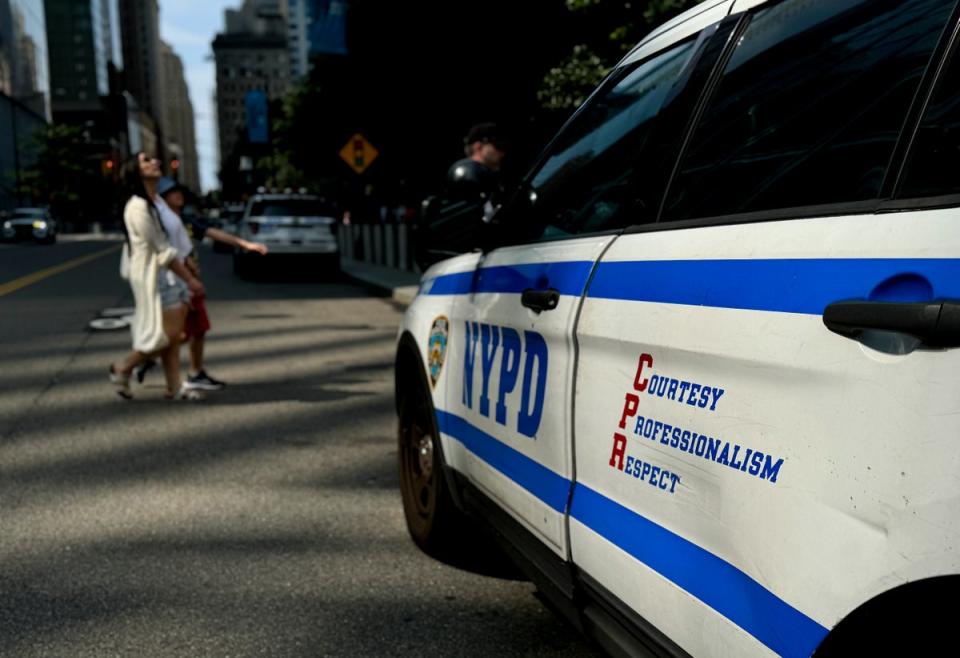Gunshot detection system resulted in hundreds of wasted hours of NYPD investigation

A gunshot detection system has resulted in hundreds of hours wasted by New York Police Department officers responding to false alarms, a new audit has found.
The force will have spent $54m on ShotSpotter, a system used by multiple US police departments, by the end of its current contract term.
The audit, led by New York City Comptroller Brad Lander, analyzed ShotSpotter’s accuracy over several months in 2022 and 2023. During this time, alerts sent by ShotSpotter to the NYPD only resulted in confirmed shootings between 8 and 20 percent of the time. Its performance was often below that level.
Of the 940 alerts officers responded to in June 2023, only 13 percent corresponded to confirmed shootings, revealed the audit. And 771 alerts – 82 percent – could not be confirmed as shootings upon arrival at the scene.
ShotSpotter operates through a network of sensors placed in areas that are known to have high crime rates. The devices listen for sharp, loud sounds and transmit data to company employees who determine whether they sound like gunshots.

If the noises are believed to be gunshots the local police are notified. Due to how the sensors triangulate in a given area, the system can provide an exact location to police in about a minute.
More than 2,000 sensors are currently installed across the five boroughs of New York.
NYPD officers spent 426.9 hours investigating alerts that were not confirmed as shootings, the audit, published at the end of June, stated. This equates to almost 36 twelve-hour shifts if one officer responded to the call. If two officers responded, this number doubled.
The NYPD does not currently track the amount of time ─ or the associated staff costs ─ spent responding to such instances.

ShotSpotter reached its 90 percent target “in almost all boroughs except Manhattan, but when measured against the number of confirmed shootings, performance is far lower,” the audit states.
“It was surprising to me to learn how ShotSpotter wastes thousands of hours of NYPD officers’ time every year, and it doesn’t necessarily make New York safer for cops to, say, chase after a car backfiring,” Lander said in an interview.
The NYPD disagrees that confirmed shootings should be used to measure ShotSpotter’s performance, asserting that the system improves the response time to possible shots fired.
This, in turn, increases the ability to assist victims, increases officers’ safety, and provides a more accurate location of the possible shooting than a 911 call alone.


